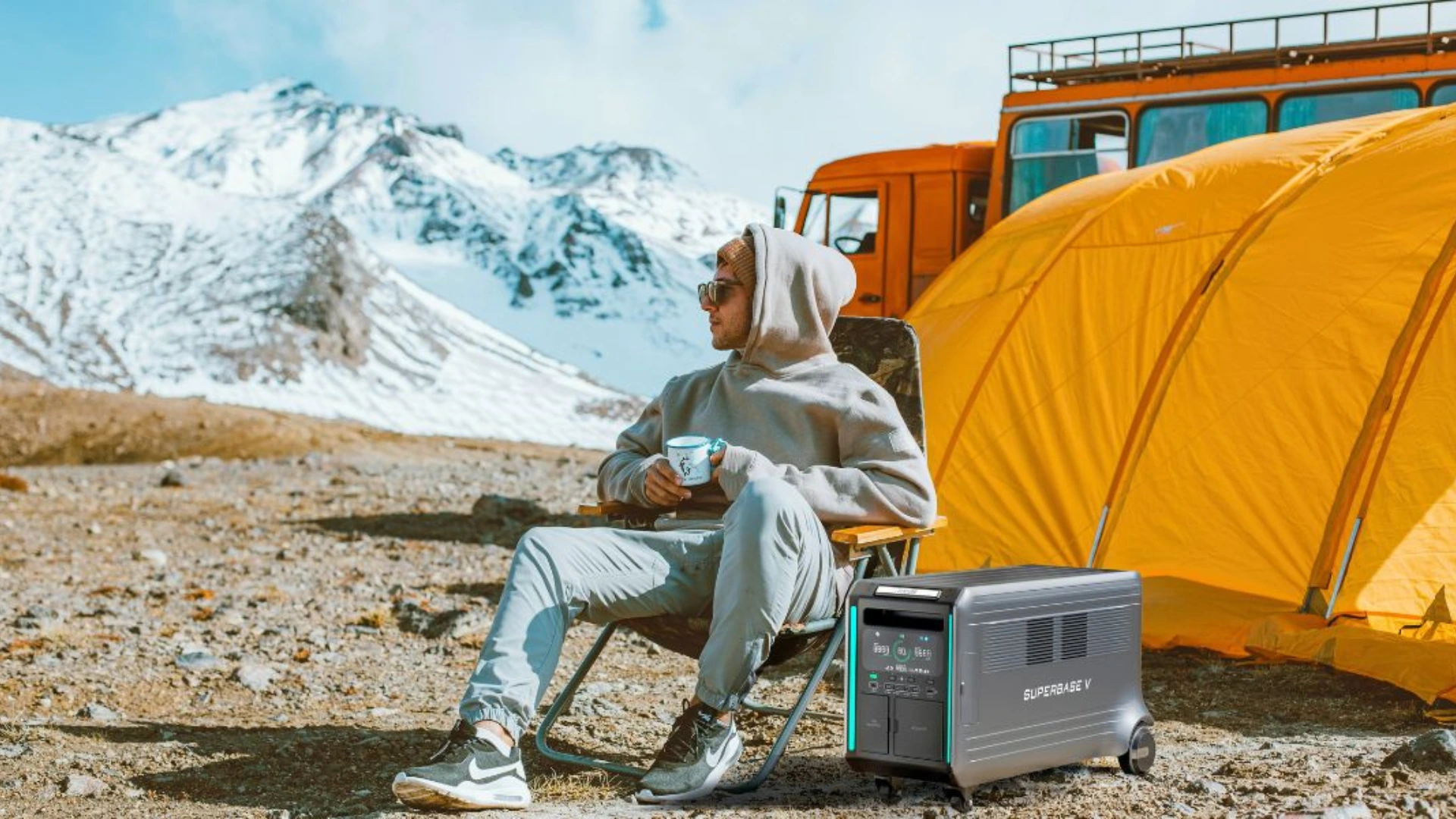Maintenance
Trouble Fixer
Expert Advice in Every Section!

Generator Mechanic Guide is your ultimate source for expert mechanics advice in this blog.
Our platform offers comprehensive and insightful blogs featuring top-selling and best-selling products.
Around-the-world complete reviews and a handy guide to choosing the ideal generator that perfectly fits your specific needs.
We do all the hard work for you, so you can save both time and money.